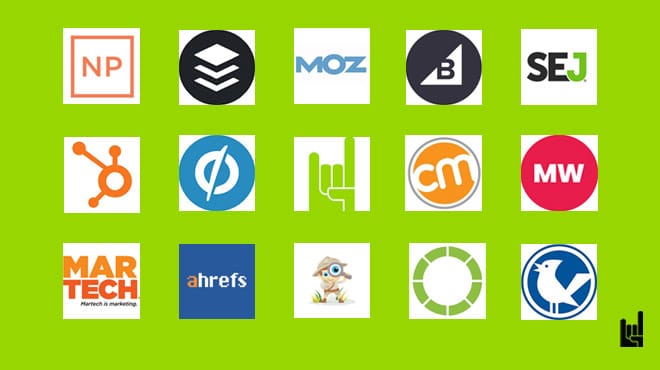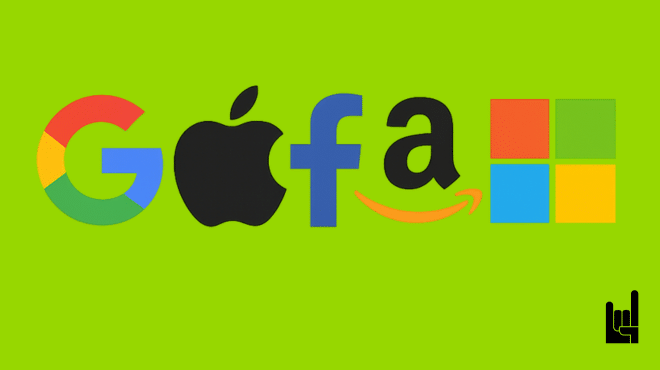If you want to learn more about it, such as its benefits and you can make one, you are in the right place.
So let’s take things from the beginning at once.
What is Audience Segmentation?
Audience segmentation is the process of dividing a target audience into subgroups.
It takes advantage of certain commonalities to come up with the groups. Such include age, gender, and geographic location.
Other similarities include the level of education, income, and even ethnicity. Once you have such groupings, it becomes easier to develop and personalize messaging.
Why Do an Audience Segmentation? (Audience Segmentation Benefits)
Many companies may not appreciate the importance of customer segmentation. They develop brand communication without a specific customer in mind. But, how do the customers receive such?
Think about it this way; you use the internet a lot. It is easy because when searching for content, you have options. You can decide to read or watch something. You also have the option of skipping it altogether. It’s also not unusual to take the latter course of action because that particular content is of no interest to you.
The same goes for the advertisements or even emails you get from different companies. You will only open those that are relevant to you. That is why marketers need audience segmentation. There is no point in broadcasting your messaging to the entire market if no one is interested in them.
We can summarize the benefits of audience segmentation as:
- You can achieve better personalization with the messaging.
- It is a fantastic way to collect insights that you can use in marketing strategies.
- You increase the chances of open or click rates. The result is better communication and engagement with the target audiences.
- It makes it easier for the teams to develop relevant messaging. With proper profiling, you know as much as you can about your audience. You know what they like, where they shop, and even the platforms they use. It removes the element of guesswork or ‘broadcasting,’ hoping to reach the right people.
- It is cost-effective, and you will achieve better ROI. You take your messaging right to where your audiences are likely to be. Say you are targeting teenagers. Social media platforms like Instagram are your best bet. For professionals, you would go for LinkedIn or Twitter. You can use your budget better for higher ROI.
Audience Segmentation Types
The beauty of audience segmentation is you have so many types to choose from. So which one would be best for you?
Here are the audience segmentation types you need to know.
1. Audience Segmentation Based On Demographics
Demographics incorporate factors like age, marital status, religion, education, and income level. Others are geographic location, ethnicity, family structure, and job type. It is one of the most popular and easiest to apply segmentation types.
2. Behavioral Segmentation
Behavioral segmentation delves into the shopping behavior of your audiences. You focus on spending, purchasing, and browsing habits. It also takes into consideration loyalty and interaction with the brand. During the business formation stage, it’s important to properly segment your audience so that you can easily reach out to the right people.
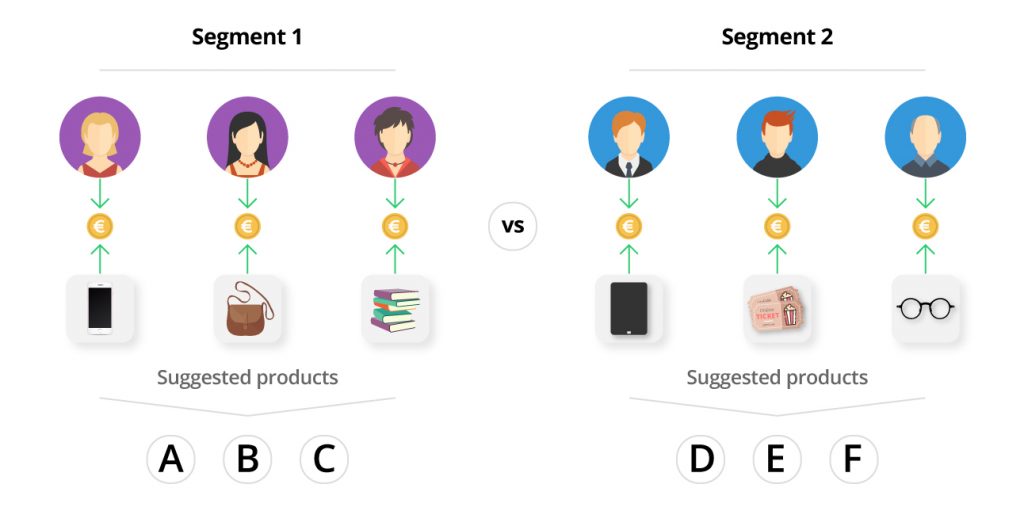
Without a doubt, it is more complex than the use of demographics. So be ready for some research and analysis.
3. Psychographic Segmentation
Psychographic segmentation looks at the values or lifestyles of audiences. It incorporates interests and hobbies.
Others are personal attitudes, opinions, and personality traits.
4. Segmentation with a Focus on the Buyer Journey
Three stages determine the buyer’s journey. These are awareness, consideration, and the decision stage. At the stage of awareness, the customer is looking for a solution.
In the consideration stage, they are looking for the best options.
At the decision stage, they know that they want to buy. What you need to do is convince them that you’re the best option.
5. Firmographic Segmentation
Firmographic segmentation works well for B2B Industries. You look at factors like company location, size, and revenue.
You can also focus on factors like industry or the sales cycle stage. Think about how you would communicate with a startup. It would be different from talking to a more established company.
6. Level of Engagement Segmentation
The way you talk to your repeat or loyal customers is different from how you talk to new customers.
A new customer may, for instance, sign up for your newsletter. They are at the stage when your messages should target to convince them to come on board.
Understand their needs well so you could develop the right strategy on how to communicate with them. Become the solution provider so they see how you can bring them value.
7. Device Usage Segmentation
You can segment your audience depending on the devices they use. Millennials and Gen Z are easier to find on mobile devices. Professionals use laptops and desktop devices a lot.
8. Geographic Segmentation
Geographic segmentation takes into consideration the physical location of your audiences.
Audience Segmentation Examples
Let’s look at some examples of audience segmentation for a better understanding.
-
Demographic Segmentation
A good example would be companies that sell luxury items. You would focus on those with high-income levels because they can afford them.
Another example would be targeting teenagers with baby products. Such content would have no relevance to them.
-
Psychographic Segmentation
Look at car companies that push quality and status. They know such messages appeal to customers who appreciate such. You would also not try to sell a fur coat to an animal rights activist.
-
Behavioral Segmentation
Take the example of someone who lives from check to check. They will be incapable of several things. They will not spend on luxury items. Also, they are more likely to respond to discounts or other promotions.
They also look for a way to save by making bulk purchases. Even with bulk purchases, they may do it in partnership with family and friends. They can then share what they buy, making it cheaper for everyone.
How you talk to such a customer is different from how you target those with more expendable income.
-
Geographic Segmentation
Say you sell winter clothing. Would it make sense to target audiences in countries that do not experience snow at the moment of your promotion?
7 Steps to Do an Audience Segmentation
Let’s go now into how to do a proper audience segmentation.
Step 1: Create Goals for the Customer Segmentation
Start the process by defining and refining your goals. The most important question to answer is why you need the segmentation. It could be to understand your customers better. So, consider their expectations, needs, and perceptions.
You may be doing it for the purpose of creating better strategies. The aim would be to increase engagement by providing better experiences.
Understand your business needs well so that you come up with the right goals.
Step 2: Carry Out an Audience Survey
The best way to get information about your audiences is to ask them. Use tools like email surveys, calls, and online forms to get the information. Keep the information safe from prying eyes with the use of premium residential proxies. You get anonymity, data encryption and access to areas outside your geographic location.
Now would be an excellent time to throw in some freebies to ensure you get a response.
Step 3: Profile Your Target Market
Develop a profile for your target customer. It helps to come up with an avatar or buyer persona who embodies your ideal customer.
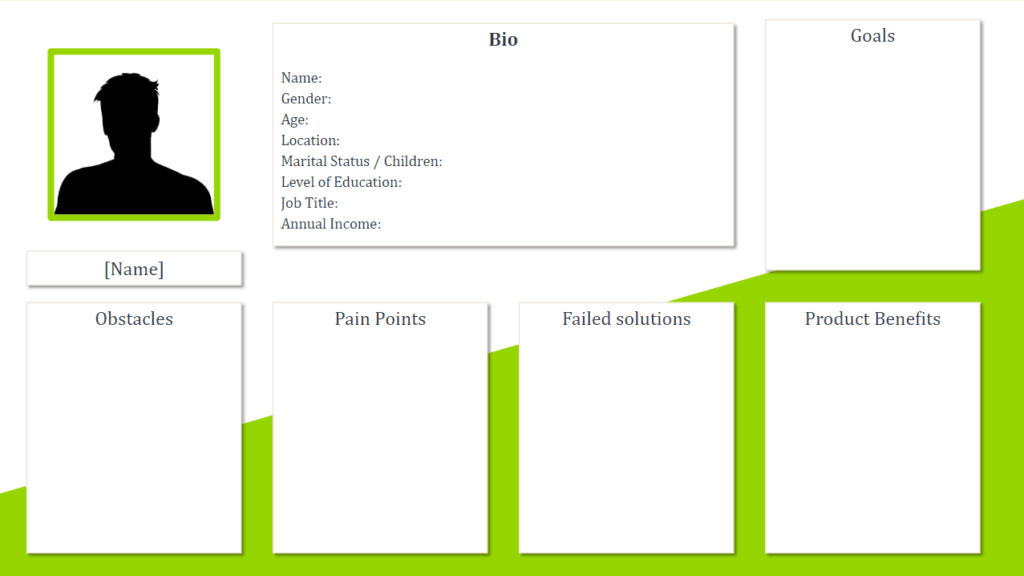
Make it as detailed as possible, capturing all the salient points.
Step 4: Review the Customer Information You Have Collected
It’s time to get to the nitty-gritty with a careful situational and audience analysis. You already have the information from the survey; now it is time to sift through it. Consider demographics, behavior patterns, and any other information.
All these will help with the segmentation. Now create subgroups consisting of individuals who share commonalities.
What you are looking for is:-
- Segments that are large enough for specific targeting with messaging
- Applicable across your customer database
- Have distinct and recognizable attributes
It is also a good time to determine whether you need a more in-depth segmentation. You may find that your audiences share a lot of similarities. It may be possible to reach them with the same messages.
Step 5: Choose the Criteria You Want To Use
Now is the time to bring in the different types of segmentation. Look for any differences within the subgroups. They should be significant enough to warrant different approaches or messaging.
If, for example, you’re using social demographic segmentation and your choice is religion. The way you target atheists will be different from Muslims or Christians.
With geographic segmentation, messaging for rural vs. urban dwellers will be different.
Step 6: Reach Out To the Segments
Now that you have your segments, it is time to reach out to them. Create content that is relevant to the subgroups. Look for anything that may appeal to such customers. It could be product USPS, exclusivity, money-saving, or even freebies.
With the right communication, you can be sure to reach the right people. It increases the chances of conversions and better customer retention.
Step 7: Track Results
Track and measure all your marketing activities. After all, how will you know what needs improving or letting go of? The same applies to your customer segmentation.
Have benchmarks and relevant metrics on which to measure your performance. Such include email open rates and customer feedback. It could also be the number of visitors to your website.
Final Thoughts
A good marketing strategy must have proper customer segmentation. It is not possible to achieve good communication with broad targeting.
The online customer has so much information. You can imagine every brand is shouting at the top of their voices to capture attention. Segmentation allows you to narrow down your focus resulting in better targeting.
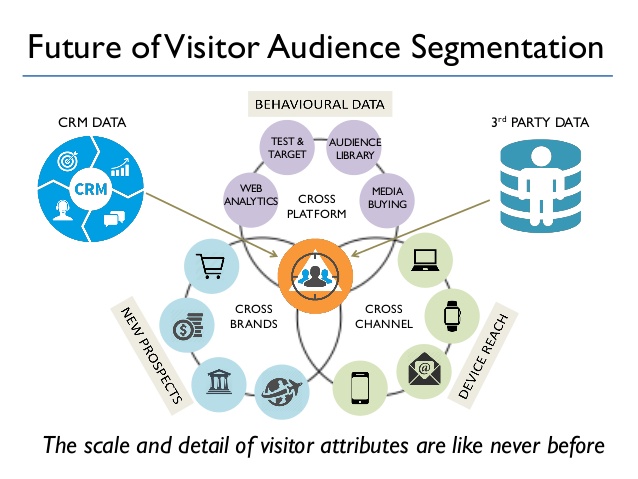
There are so many types of segmentation you can use. It helps to understand your business well and then choose the one that will work well for you. It also helps to be realistic about the process.
Proper audience segmentation can be time-consuming. You may also need to spend some money. Researching your audiences and carrying out surveys can also be tough. Proper data analysis for effective data mining can also be complex.
But, once you have the systems in place, you will see the benefits of proper audience segmentation.

I write for GrowthRocks, one of the top growth hacking agencies. For some mysterious reason, I write on the internet yet I’m not a vegan, I don’t do yoga and I don’t drink smoothies.
